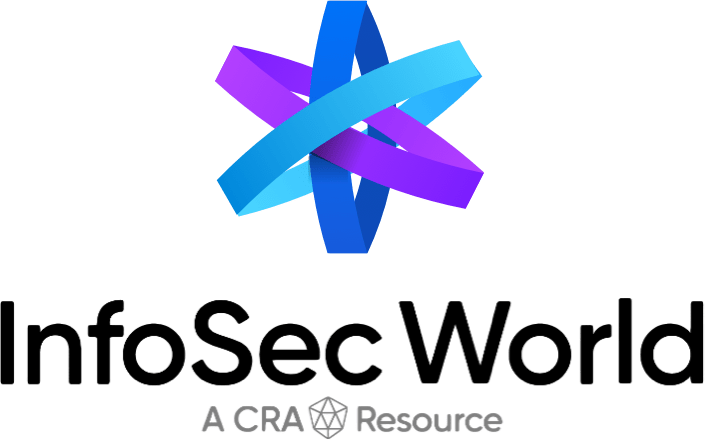
Coronado E
1:40 pm - 2:30 pm, Monday, September 25
1:40 pm - 2:30 pm, Monday, September 25
Why Spoof When You Can Own?
Threats (Detection/Hunting/Intelligence/Mitigation/Monitoring)
About
Session Abstract: Homograph domain attacks seem to come up every few years in security blogs. Replace (INSERT CHARACTER HERE) with a nearly identical, rarely used Unicode character, and voila you have a string that might fool an unsuspecting party. It's like typosquatting, but the difference between the real string and the homoglyph will likely be harder to spot than a misspelling or extra letter. This talk will cover potential attacker use cases, real world examples, limitations of current mitigations, and how organizations can work to actively address this issue.





